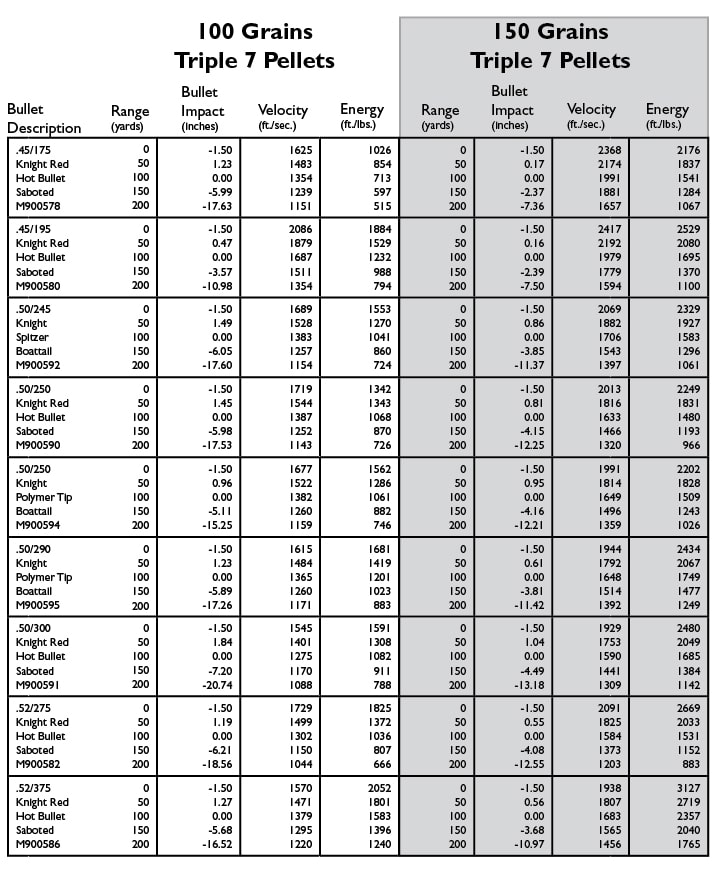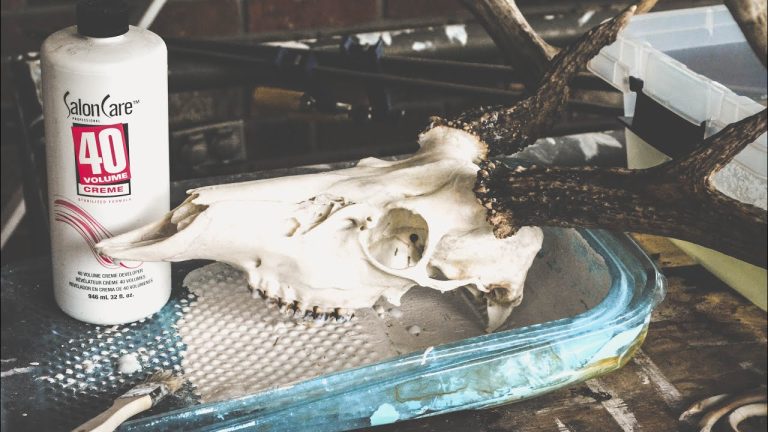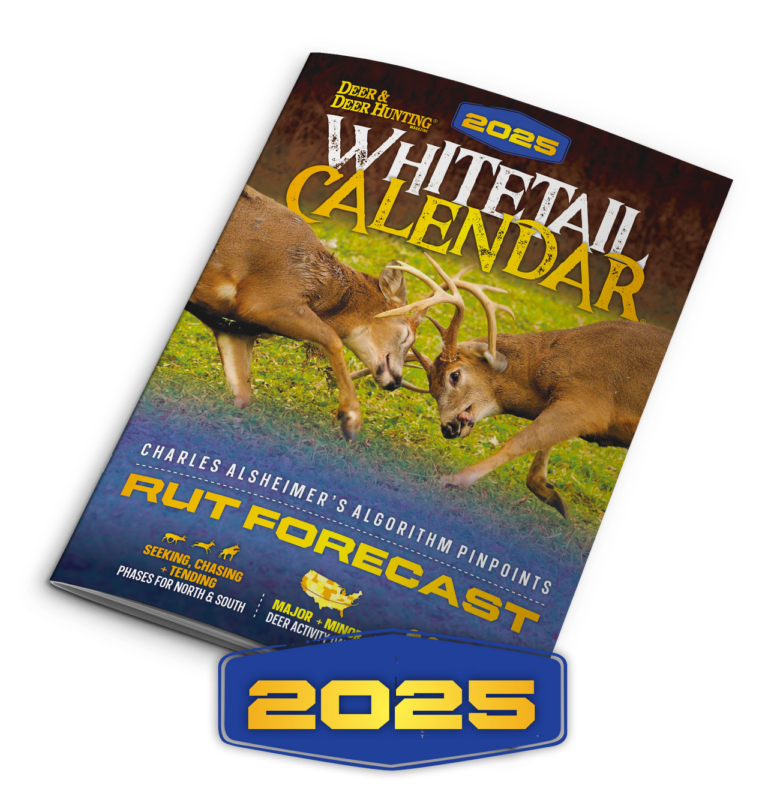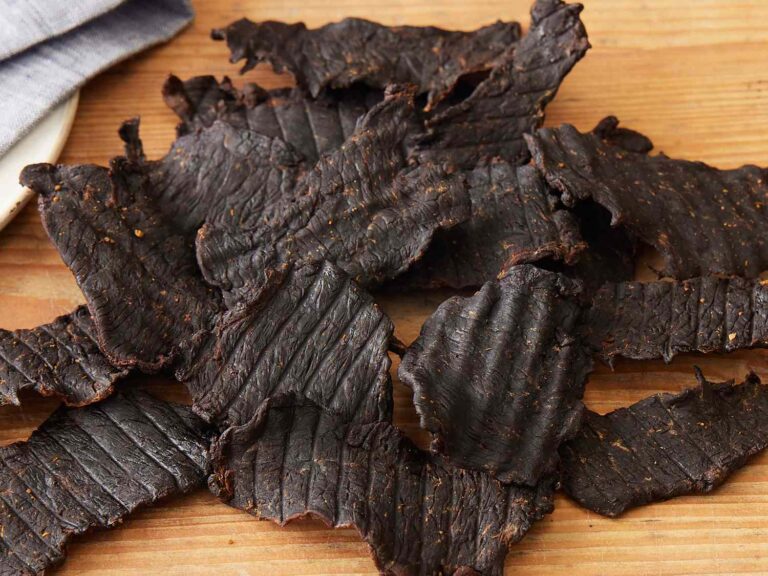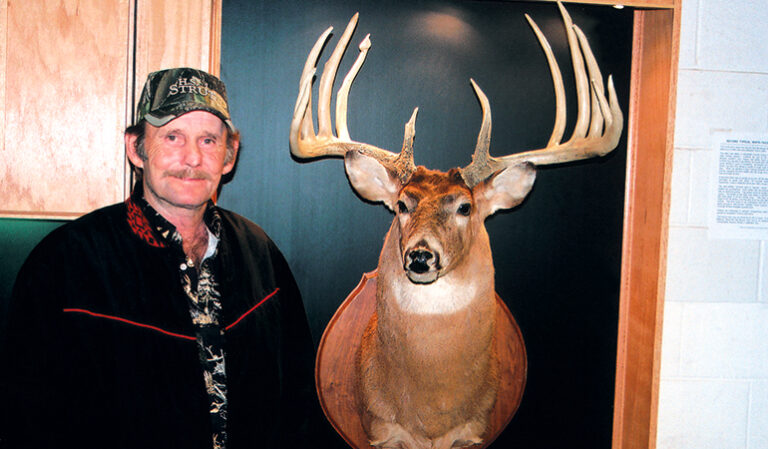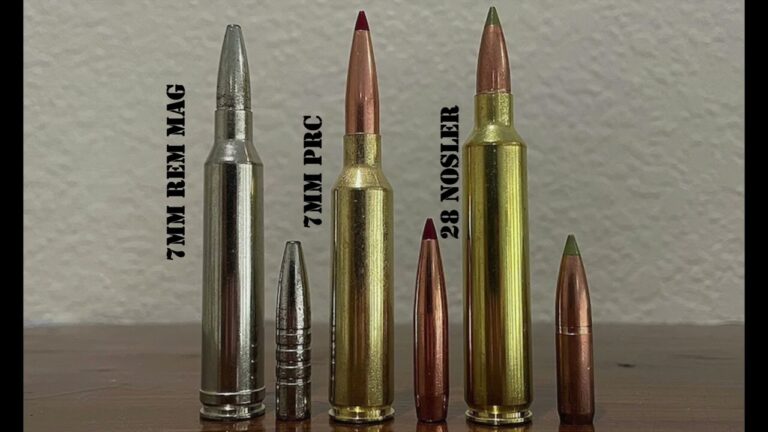Muzzleloader Velocity Chart: Unleashing Precision and Power
Are you curious about muzzleloader velocity? Knowing how fast your muzzleloader shoots is vital.
It helps in hunting, target shooting, and understanding your weapon better. Muzzleloader velocity charts provide this crucial information. They show the speed of different loads and powders. By understanding these charts, you can make better choices for your shooting needs.
Whether you are a beginner or an experienced shooter, this knowledge is essential. It ensures accuracy and improves your shooting experience. Stay tuned to learn more about muzzleloader velocity and how to use these charts effectively.
Introduction To Muzzleloaders
Muzzleloaders have been around for centuries. Early models were slow and hard to use. Over time, they became better and faster. Many hunters and hobbyists still use them today. They love the nostalgia and challenge. Modern muzzleloaders are much more advanced. They are more reliable and accurate. This is due to many improvements over the years.
Today’s muzzleloaders have many modern features. Some models come with fiber optic sights. Others have synthetic stocks that are lighter. In-line ignition systems make them easier to use. Better materials mean they last longer. These improvements make them a popular choice. Many people enjoy using them for hunting and sport shooting.
Understanding Velocity
Velocity measures how fast a bullet moves. It is crucial for accuracy. Higher velocity means the bullet travels faster. This affects how far and straight it goes. Hunters and sport shooters often track velocity. This helps them improve their aim and hit targets better. Knowing velocity can also help in choosing the right powder and bullet. It ensures safety and performance.
Several factors affect velocity. Bullet weight is one key factor. Heavier bullets move slower. Powder type also matters. Some powders burn faster, increasing velocity. Barrel length impacts speed too. Longer barrels allow more powder to burn, boosting speed. Weather conditions, like temperature and humidity, can change velocity. Proper maintenance keeps the muzzleloader in top shape. This maintains consistent velocity.
Types Of Muzzleloaders
Traditional muzzleloaders have been around for centuries. They are usually made of wood and metal. Many people love the old-style look and feel. Modern muzzleloaders use newer materials. They are often lighter and more durable. Both types have their own charm and advantages.
Inline muzzleloaders are the most modern. They are easy to use and clean. Flintlock muzzleloaders are older and use a piece of flint to create a spark. Percussion cap muzzleloaders are a bit newer than flintlocks. They use a small cap to ignite the powder. Each type has its own fans and special features.
Bullet Types And Their Impact
Round balls are simple and easy to load. They are typically lighter than other bullets. This means lower velocity but easier accuracy. Hunters often use them for short-range shooting. They are also less expensive.
Conical bullets are heavier and more aerodynamic. They have higher velocities and can hit targets at longer distances. These bullets are good for big game hunting. They also penetrate deeper.
Sabots are modern and high-tech. They use a plastic jacket to hold a smaller bullet. This setup gives higher velocity and better accuracy. Sabots are preferred for long-range shooting. They are often used in competitive shooting.
Powder Types And Their Role
Black powder is the traditional choice for muzzleloaders. It is made from sulfur, charcoal, and potassium nitrate. It burns fast and provides a reliable ignition. Many hunters prefer black powder for its historical value. It produces a lot of smoke, which can obscure vision. This can be a challenge during hunting.
Pyrodex is a popular substitute for black powder. It is easier to clean and produces less smoke. It is also more stable and safer to handle. Other substitutes like Triple Seven and Blackhorn 209 offer similar benefits. These powders can increase velocity and improve accuracy. They are favored by many modern hunters. Each substitute has its own unique properties. Choosing the right one can enhance your shooting experience.

Credit: www.facebook.com
Measuring Muzzleloader Velocity
To measure muzzleloader velocity, you need a chronograph. This device measures the speed of the bullet. You will also need a tripod to hold the chronograph steady. A stopwatch can help time shots. Safety glasses are very important to protect your eyes.
Set up the chronograph on the tripod. Place it on a flat surface. Make sure it’s stable. Stand behind the chronograph. Load your muzzleloader. Aim through the chronograph sensors. Fire the bullet. Record the velocity shown on the chronograph. Repeat for accuracy.
Muzzleloader Velocity Chart
The chart shows how fast bullets travel. Velocity is measured in feet per second (FPS). Higher FPS means the bullet moves faster. Different bullets have different speeds. The powder type also affects speed. More powder often means more speed. Distance impacts the velocity too. The bullet slows down over time.
Hunters use this data to choose bullets. Faster bullets hit targets quicker. This can improve hunting success. Target shooters use the data for accuracy. Faster bullets can reduce wind impact. Safety is also key. Knowing velocity helps in safe shooting practices. It is important to check your muzzleloader and bullet specs.
Enhancing Accuracy And Power
Proper loading is crucial. Always use the right powder. Measure it carefully. Too much powder can be dangerous. Too little affects power. Use a firm but gentle hand. Avoid shaking the gun. Ensure the bullet sits tight. This helps with accuracy. Clean the barrel before loading. This prevents residue build-up. It ensures a smooth shot each time.
Regular cleaning is essential. It prevents rust. Use a soft cloth. Wipe down the barrel. Check for any wear and tear. Lubricate moving parts. This keeps them working smoothly. Store the gun in a dry place. Moisture can cause damage. Always handle with care. This ensures a long lifespan for your gun.
Common Challenges And Solutions
Inconsistent velocity is a common issue. It can affect accuracy. Proper cleaning of the muzzleloader helps. Using quality powder is also important. Ensure that the powder charge is consistent. This helps in maintaining a stable velocity.
Weather conditions can impact velocity. Cold weather can slow down the powder burn. High humidity can affect the powder. Always store powder in a dry place. Check the weather before shooting. Adjust your load to match conditions.
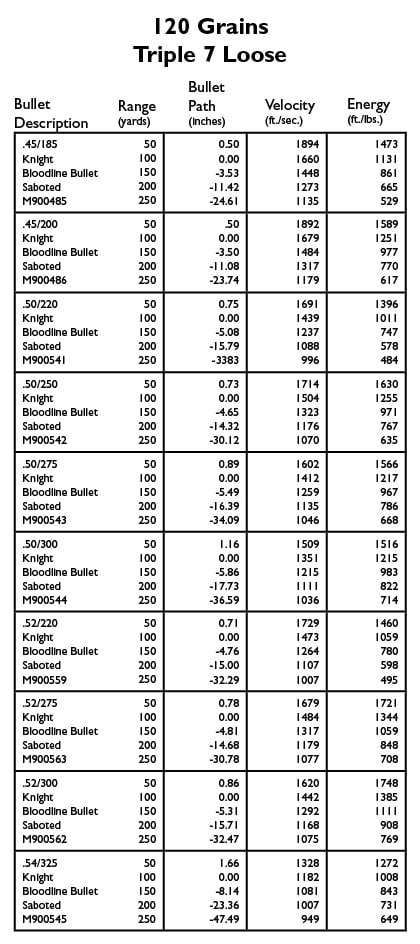
Credit: www.muzzleloaders.com
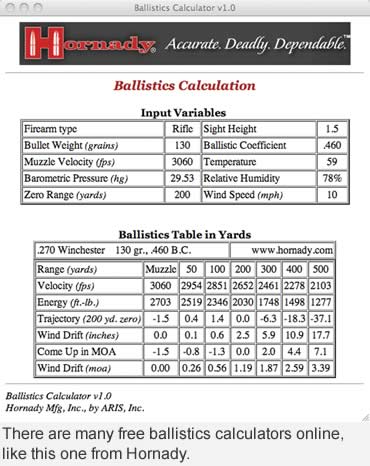
Credit: buckmasters.com
Frequently Asked Questions
What Is A Muzzleloader Velocity Chart?
A muzzleloader velocity chart displays the speed of a projectile fired from a muzzleloader. It helps shooters understand performance.
Why Is Muzzleloader Velocity Important?
Muzzleloader velocity affects accuracy, range, and impact power. Understanding velocity helps in choosing the right projectile and powder load.
How Do You Read A Muzzleloader Velocity Chart?
Read the chart by matching the projectile weight and powder charge to see the corresponding velocity. It’s straightforward.
What Factors Influence Muzzleloader Velocity?
Projectile weight, powder type, and barrel length influence muzzleloader velocity. Each factor contributes to the overall speed and performance.
Conclusion
Understanding muzzleloader velocity is crucial for effective shooting. Charts provide clear data. This helps in selecting the right powder and bullet. Accurate choices lead to better performance. Consistency is key for each shot. Proper knowledge ensures safety and success. Always practice with your muzzleloader.
Stay informed and improve your skills. Happy shooting!

